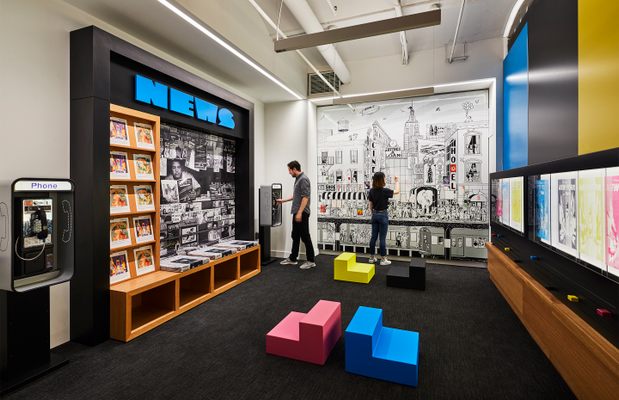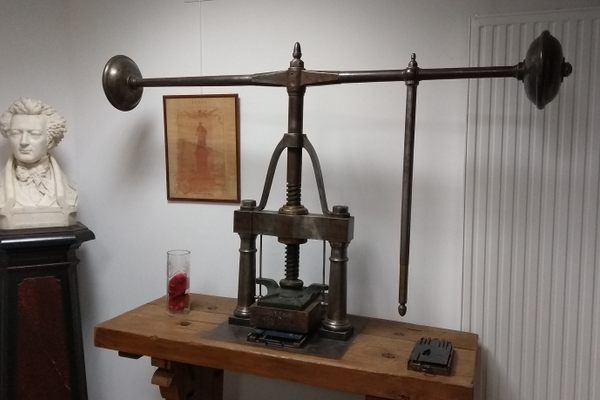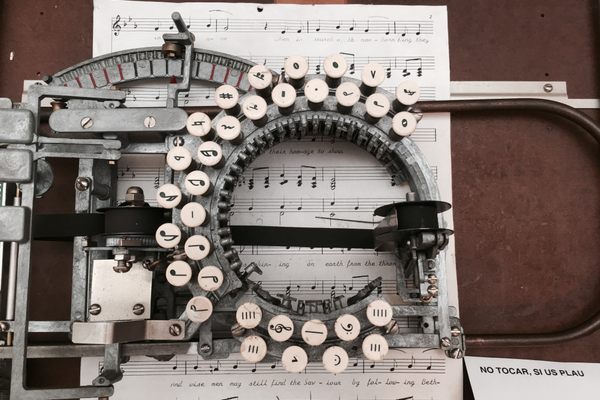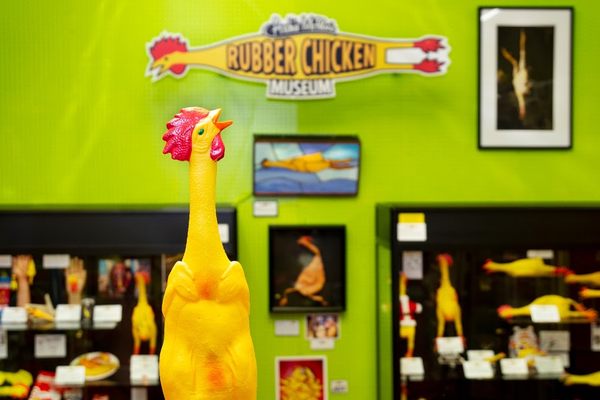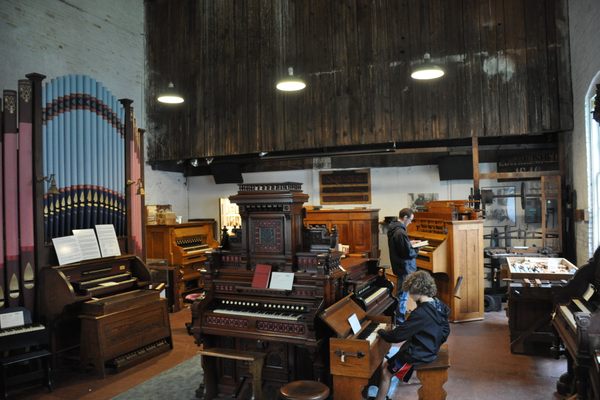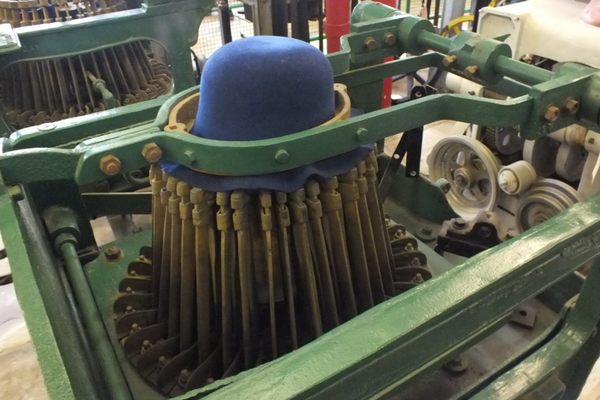About
Seeing posters, billboards, and advertisements as art is a relatively new concept; one that has been largely underrepresented in both academic and high-art circles. But New York City’s Poster House Museum aims to change that by highlighting graphic design’s bold power of persuasion, as well as its evolution from oversized billboards to digital touch screens.
Located in Manhattan’s Chelsea neighborhood, the museum focuses on the design, cultural context, and history of posters from around the world. The first of its kind in the United States, the museum features both permanent and temporary exhibitions, as well as interactive installations, to show the “savvy combination of image and text” used in this ubiquitous medium.
As archival materials, posters are a way to glimpse society's pop culture past. “In the last few decades, I think we have seen the influence of computer technology on design,” Julia Knight, director of Poster House, says. “In the '90s, we saw an experimental use of early image editing tools that led to a sort of ‘glitch’ aesthetic. Around the same time, there was an influx of pastiche-designers using photos, collage, big text blocks, etc. Compare that to today when we see subway ads that are mostly illustration-based with flat color backgrounds—less visual noise.”
The museum acts as a “living archive” of contemporary posters, all of which are designed to instantly catch the viewer’s eye. From decorative Art Nouveau panels to Madison Avenue advertisements, the museum presents an international display of posters beginning in the late 1800s and spanning to the present day. The 14,500-square-foot space designed by LTL Architects features cast-iron columns, barrel vaults, and also includes a cafe, gift shop, children’s exhibition, digital poster wall, and a classic vintage poster photo booth for visitors.
Its debut exhibitions for summer 2019 include Alphonse Mucha’s infamous Art Nouveau posters, as well as an introduction to Cyan, a 1990s design studio that emerged in East Germany after the fall of the Berlin Wall. The rest of the lineup for the year includes posters from the 2017 Women’s March, 100 Years of Chinese Posters, Hunter S. Thompson’s bombastic poster campaign, and others.
As for the most quirky item in the museum, director Julia Knight points out the Japanese enema poster. “It is, in fact, fantastic. But we also have posters whose entire backstories we're not quite sure of and there are still mysteries to uncover,” she says.
The exhibitions are eye-popping and easy to engage with. While visiting, you'll find a photo booth and a poster machine that lets you learn more about design, as well as a huge mural wall where you can add your own poster.
Related Tags
Know Before You Go
The museum is open daily (with the exception of Tuesdays) from 11 a.m. to 6 p.m. Adult tickets are $12, kids under 18 get in free, and student tickets are $8. Free entrance to everyone on Fridays.
Published
August 14, 2019



